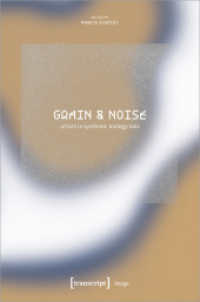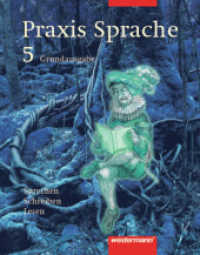- ホーム
- > 洋書
- > ドイツ書
- > Social Sciences, Jurisprudence & Economy
- > Education Science / Pedagogic
- > didactics, methodics, school education
Full Description
Recent research in problem solving has shifted its focus to actual classroom implementation and what is really going on during problem solving when it is used regularly in classroom.








